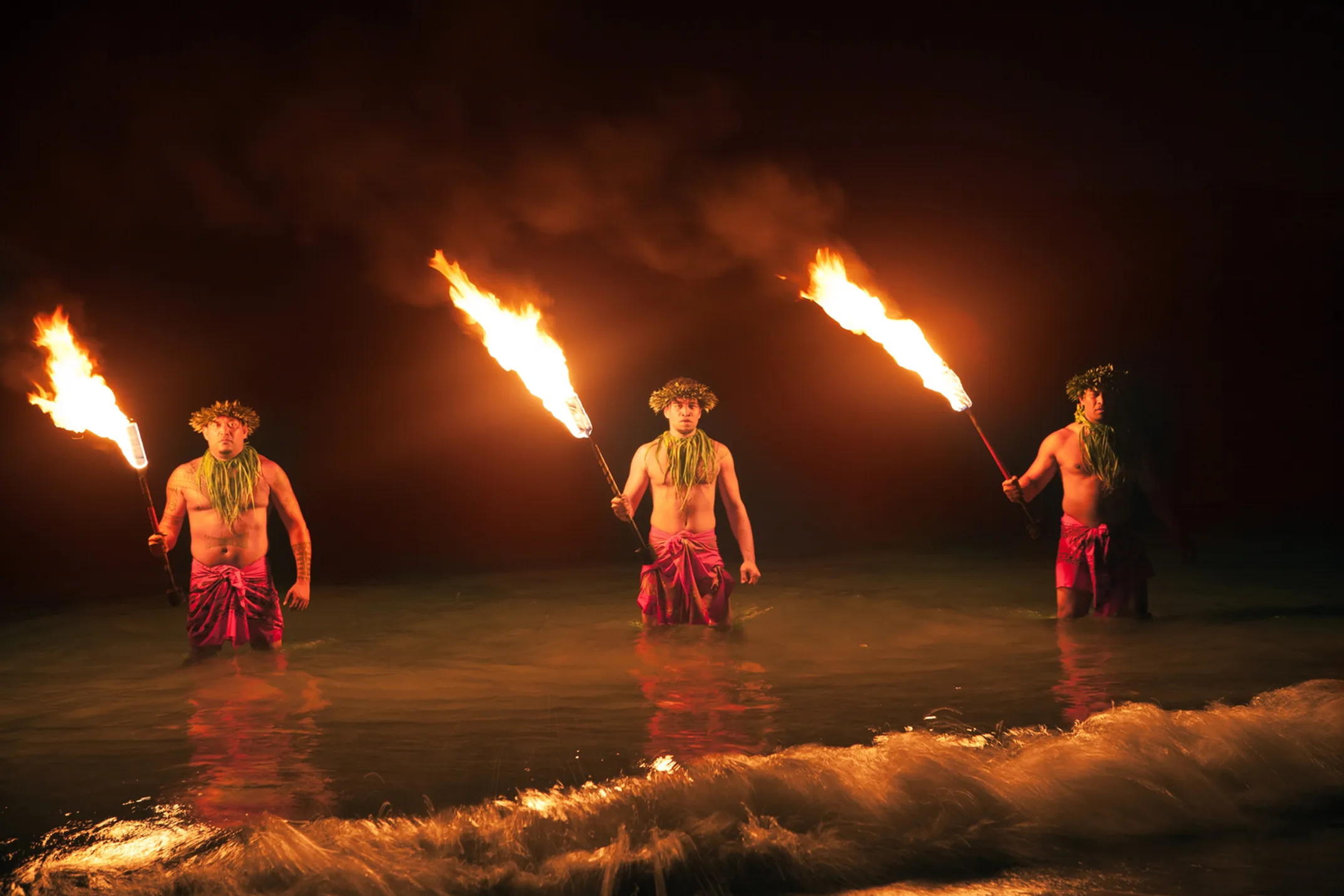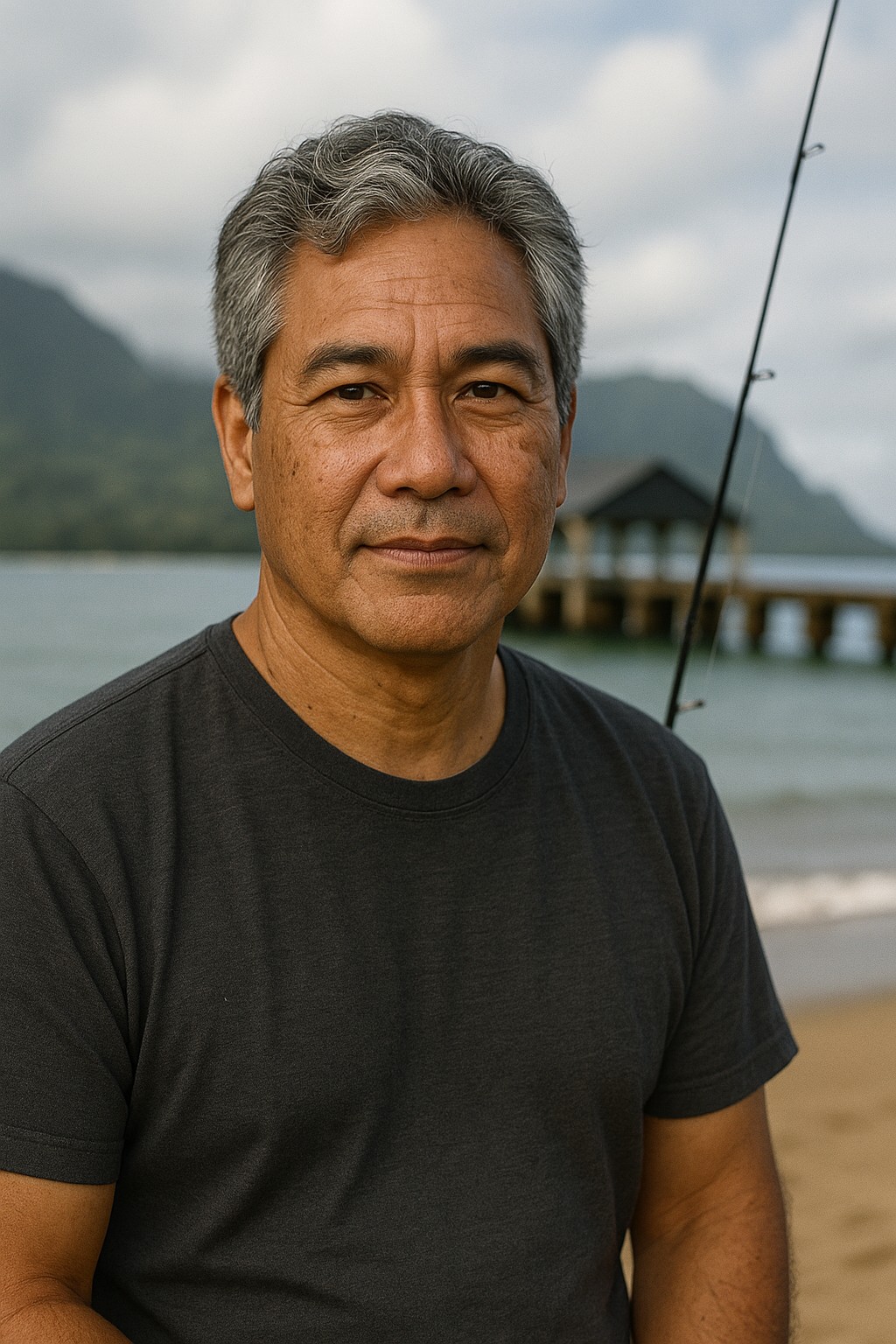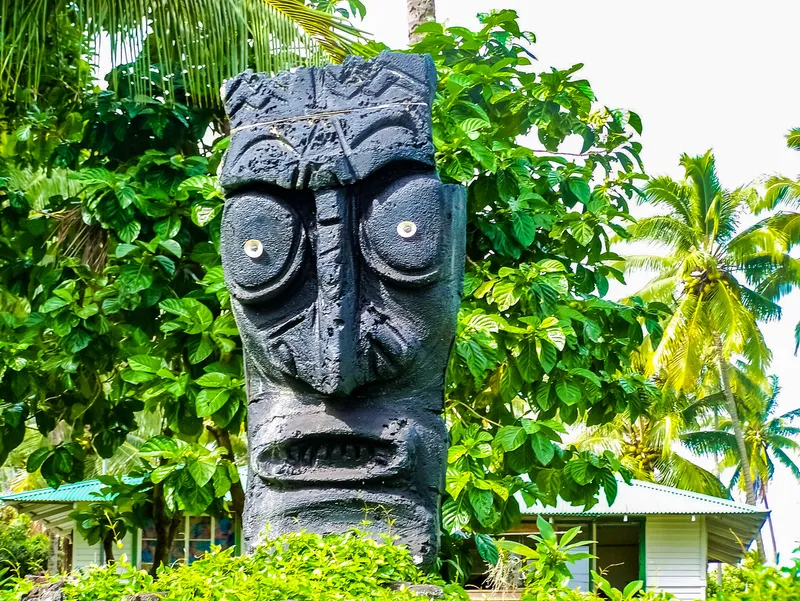

The Kingdom Years
Unity, Invasion, and the Transformation of a Civilization

Written by a Local Cultural Expert
Kalani MillerThe Kingdom Years: Unity and Invasion

Kamehameha I was born under Halley's Comet in 1758. Local prophecies said this marked the birth of a great unifier. The legend of the Naha Stone—a massive boulder he supposedly lifted as proof of his destiny—became part of his mystique.
But Kamehameha wasn't just following prophecy. He was a brilliant military strategist who combined traditional warfare with new technologies. When Cook's ships brought the first metal weapons and gunpowder, Kamehameha saw their potential. He recruited foreign advisors and gradually built the most powerful military force in the islands.
The conquest took decades. The Battle of ʻĪao Valley on Maui was so bloody that bodies dammed the stream. At Nuʻuanu Pali on Oʻahu, enemy warriors were driven over thousand-foot cliffs rather than surrender.
The Unification Campaign
Kamehameha's war canoes controlled the channels between islands. The spiritual dimension was equally important. In 1790, Kamehameha built Puʻukoholā Heiau on the Big Island to fulfill a prophecy requiring this massive temple for his final victory. When Kaumualiʻi of Kauaʻi peacefully submitted in 1810, the prophecy was complete. For the first time in recorded history, all Hawaiian Islands were under one ruler.
Kamehameha I governed wisely for nearly two decades. He maintained traditional laws while establishing trade relationships with foreign powers. The kingdom prospered. But unification created an unexpected problem. Instead of having to deal with separate competing chiefdoms, foreign powers could now focus all their influence on a single government. What made Hawaiʻi stronger also made it more vulnerable.
⚔️ Battle of ʻĪao Valley
Maui, 1790. So many warriors died that their bodies dammed the stream. Kamehameha's cannons and muskets proved decisive.
🏔️ Nuʻuanu Pali
Oʻahu, 1795. Enemy warriors were driven over the thousand-foot cliff rather than surrender to Kamehameha's forces.
🛕 Puʻukoholā Heiau
Built 1790-1791 to fulfill prophecy. This massive temple was dedicated to war god Kū to ensure final victory.
🕊️ Kauaʻi Submission
1810. King Kaumualiʻi peacefully submitted rather than face invasion, completing the unification.
The Missionaries Arrive
The missionaries arrived in 1820, just one year after Kamehameha's death and the dramatic ending of the ancient kapu system. The timing wasn't coincidental. Queen Kaʻahumanu and other aliʻi had already begun questioning the old religious order. The missionaries found a spiritual vacuum they were eager to fill.
Their impact was contradictory. They brought literacy, which was genuinely valuable. Working with Hawaiian scholars, they created a written alphabet for the Hawaiian language. Schools opened across the islands. By 1853, about 75% of Hawaiians could read and write in their own language—one of the highest literacy rates in the world.
But they also brought a worldview that saw Hawaiian culture as savage and immoral. Hula was condemned as sexual and banned. Traditional chanting was discouraged. The rigid moral code of New England Protestantism replaced the flexible spiritual practices that had sustained Hawaiian society for centuries.
Sugar Changes Everything
More critically, missionaries introduced concepts of private property and individual land ownership that were completely foreign to Hawaiian thinking. This philosophical shift would prove devastating when combined with the economic pressures that followed.
Sugar changed everything else. The first successful plantation opened in Kōloa, Kauaʻi in 1835. Almost immediately, it revealed the exploitative nature of this new economy. In 1841, Hawaiian workers at Kōloa staged the first labor strike in Hawaiian history, protesting wages of 12.5 cents per day.
But sugar profits were enormous, especially after the Reciprocity Treaty of 1875 gave Hawaiian sugar duty-free access to U.S. markets. In exchange, Hawaiʻi had to grant the U.S. exclusive rights to Pearl Harbor and promise not to lease territory to any other foreign power. The kingdom's economy became dangerously dependent on American markets.
The Great Māhele: Losing the Land
The Great Māhele of 1848, sold as progressive land reform, was actually a disaster that transferred most Hawaiian land to foreign businessmen. The complex traditional system of land use rights was replaced with simple private ownership. Most Hawaiians didn't understand the new system and failed to file proper claims. Within a generation, they had lost their ancestral lands.
The sugar industry needed workers. Since disease had devastated the Native Hawaiian population—dropping from perhaps 300,000 at contact to around 40,000 by 1890—plantation owners imported thousands of laborers from China, Japan, Portugal, and the Philippines. This demographic engineering was deliberate. A divided working class speaking different languages was easier to control than a unified Hawaiian workforce.
By the 1870s, a white business minority controlled most of the land, the economy, and increasingly, the government. The children of missionaries had become the masters of the islands their parents had come to save.
ℹ️ Kingdom Period
- Unification: 1810
- Missionaries: 1820
- Great Māhele: 1848
- Population Loss: 300K to 40K
- Sugar Economy: 1835-1890s
👑 Key Rulers
- Kamehameha I (1758-1819)
- Kamehameha II (1819-1824)
- Kamehameha III (1825-1854)
- Kamehameha IV (1855-1863)
- Kalākaua (1874-1891)
📈 Major Changes
Population dropped 85%
Christianity replaces kapu
Private property introduced
Plantation agriculture

